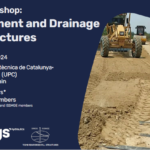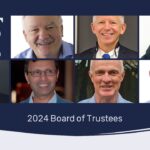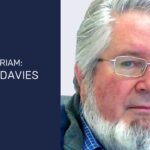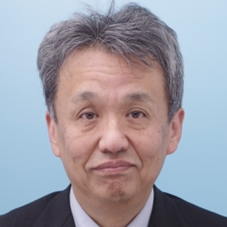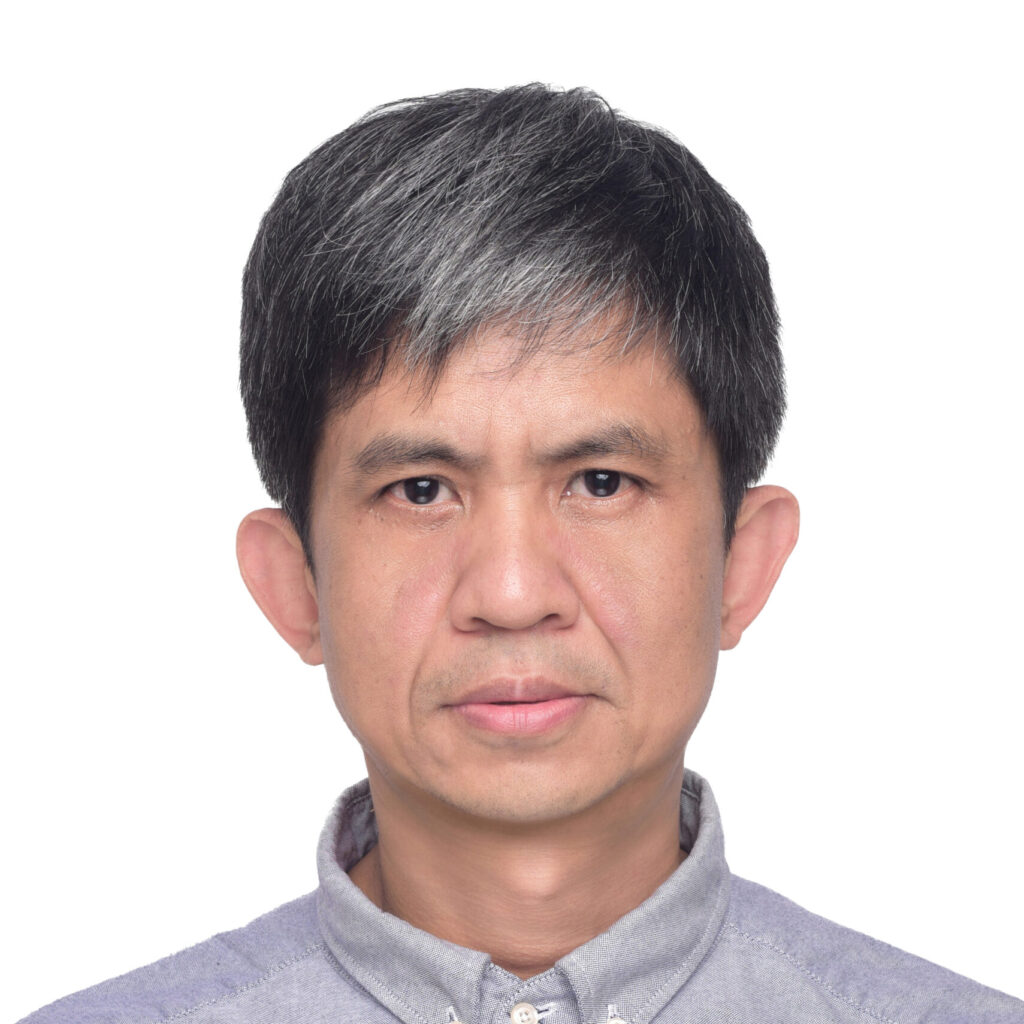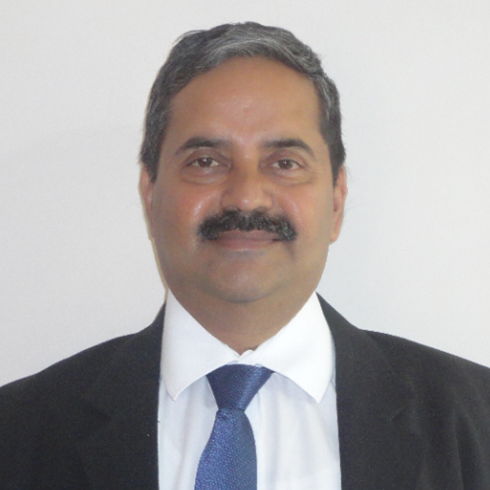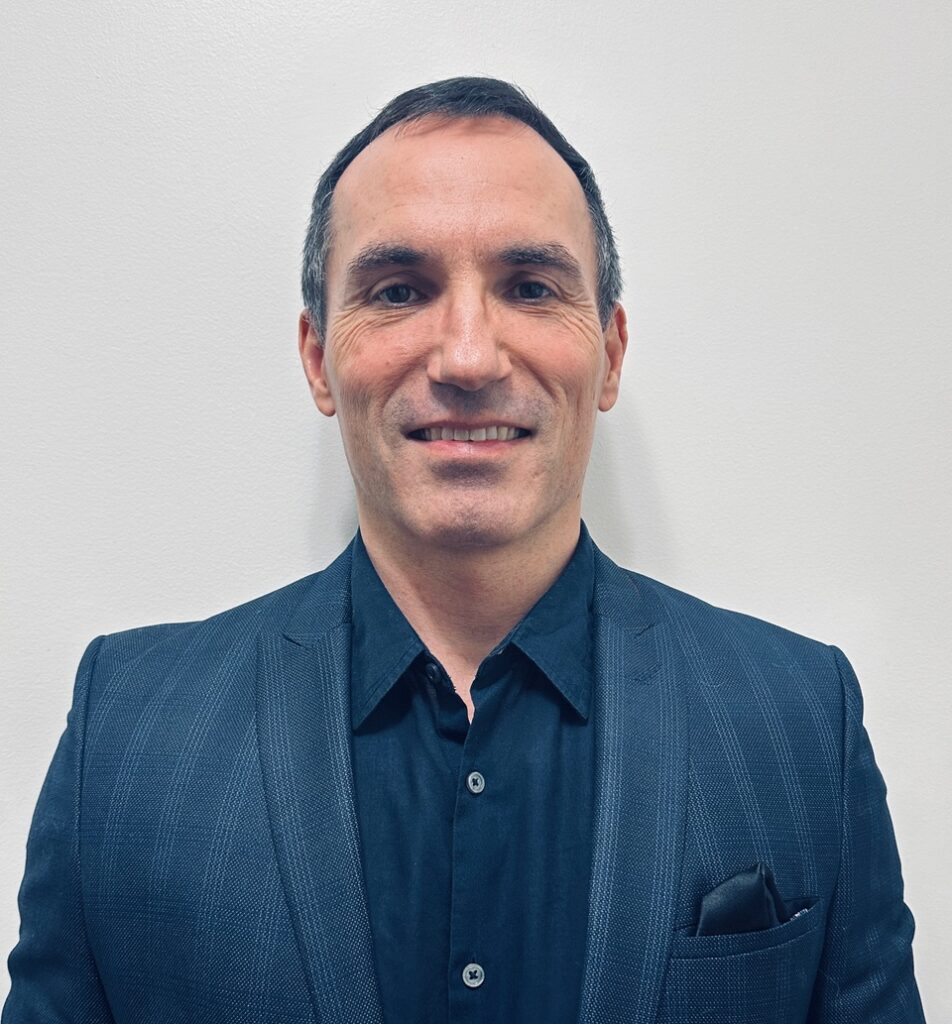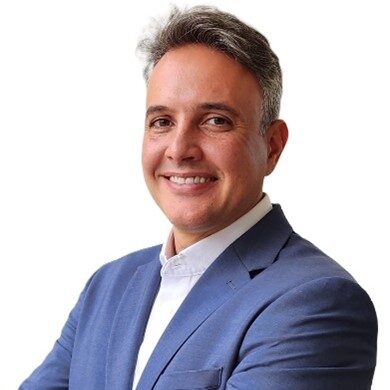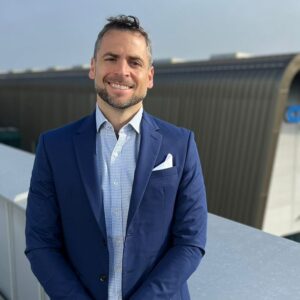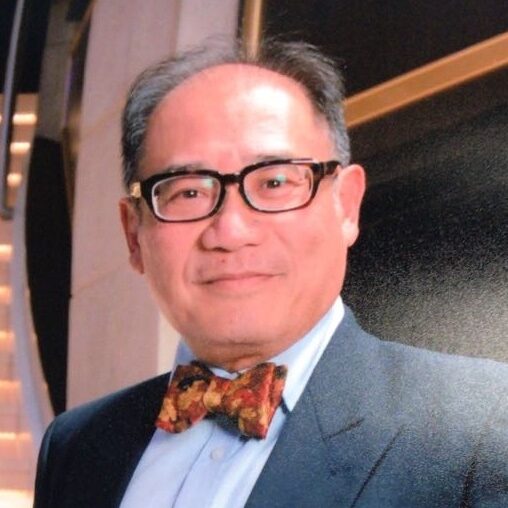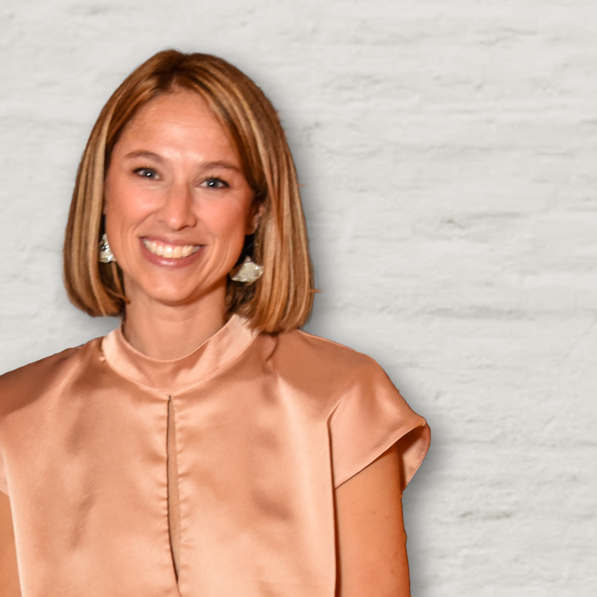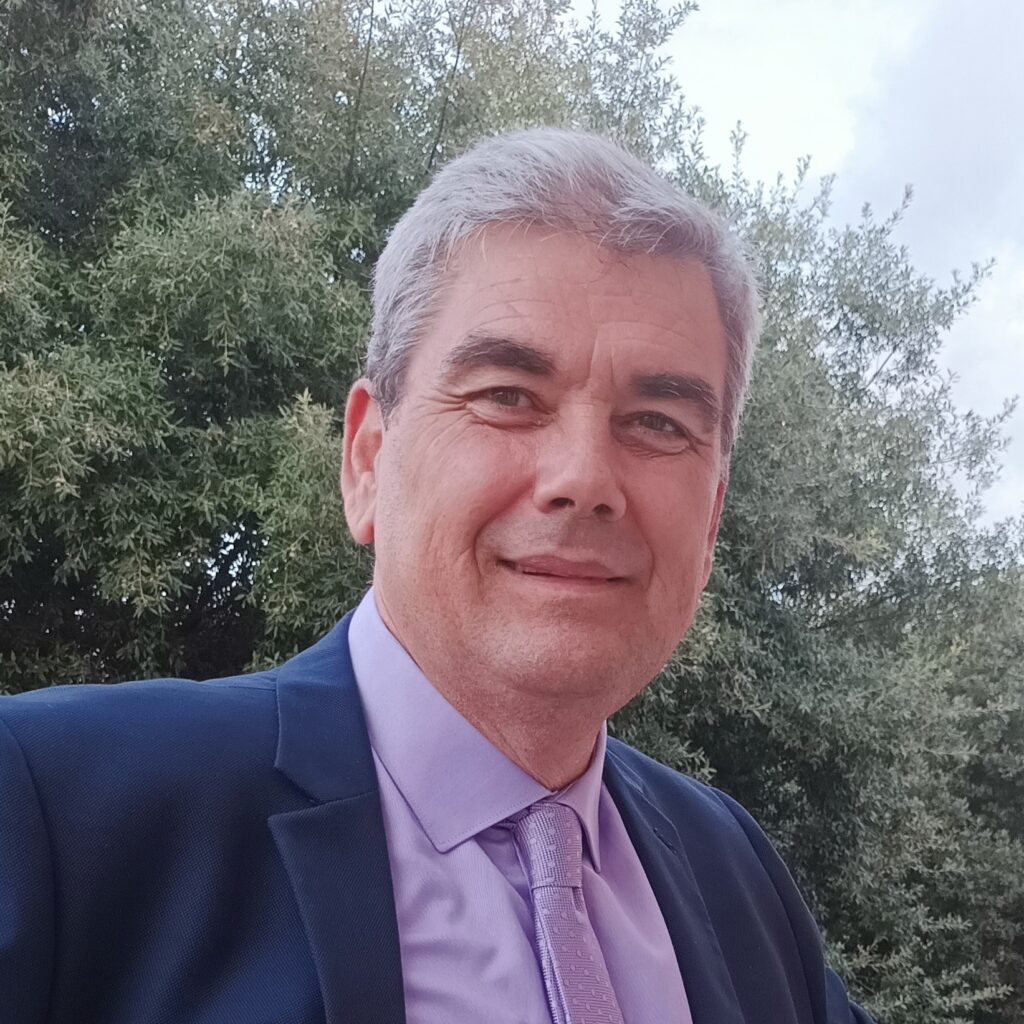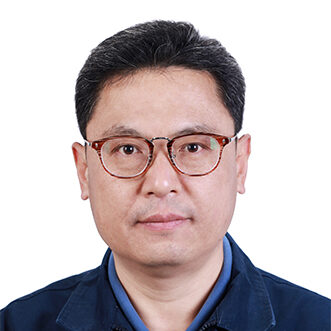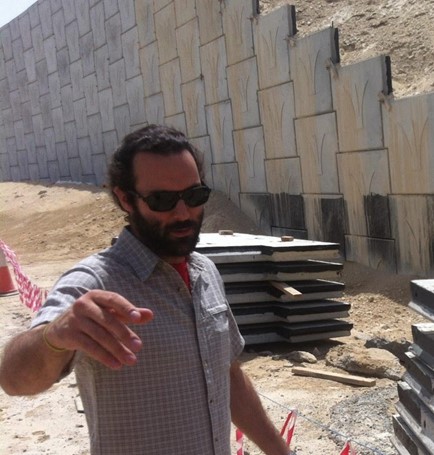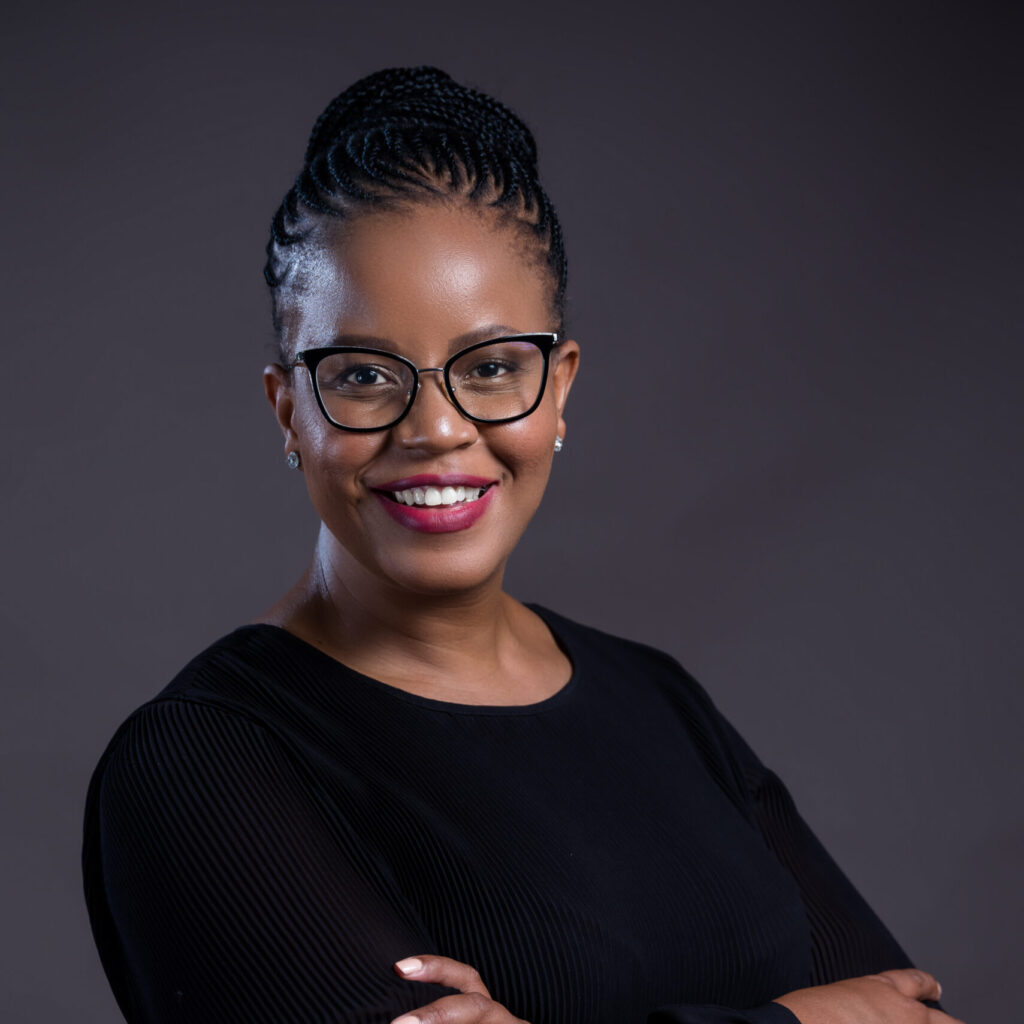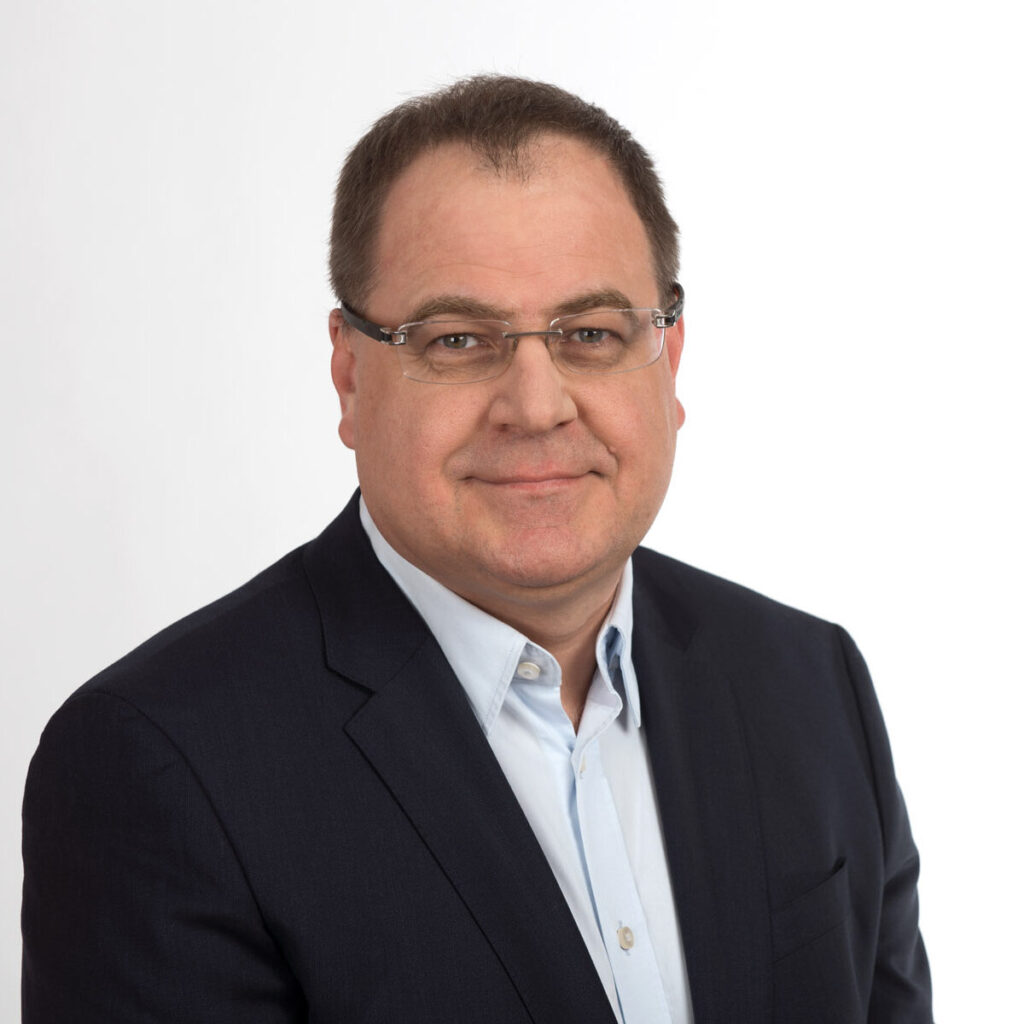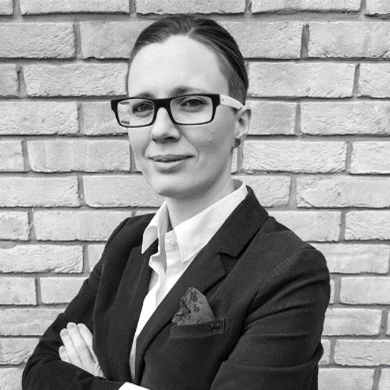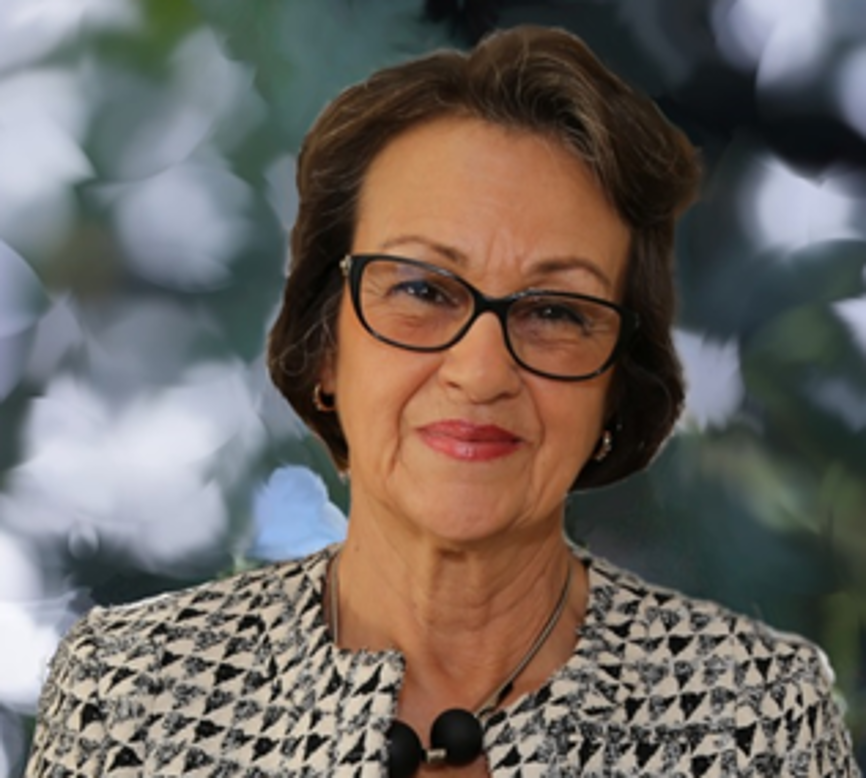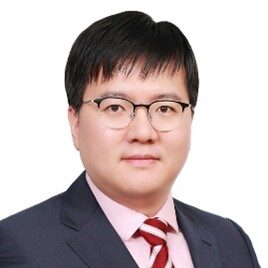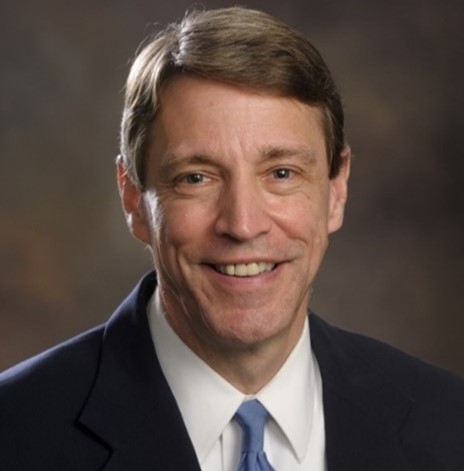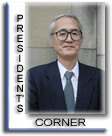 This is the last issue of IGS News in which I write an article as the IGS President. During the last four years, as well as many years before, the IGS has been steadily growing up. Corresponding to the above, the immediate past president, Dr Daniele Cazzuffi. decided to strengthen and reform the activities of IGS. Among the measures to do so, he started holding full-one day meetings of the IGS committees on the occasion of respective IGS council meetings, which actually started at the first council meeting of the last term, which was held in Milano, his hometown, 26 – 28 March 2003 about six months after 7ICG in Nice, France, September 2002. It was a very successful and productive meeting, which would not be possible by communication-means like email and telephone. I still remember that Dr Cazzuffi invited the IGS officers at that time to his private house for a wonderful Italian dinner with his family.
This is the last issue of IGS News in which I write an article as the IGS President. During the last four years, as well as many years before, the IGS has been steadily growing up. Corresponding to the above, the immediate past president, Dr Daniele Cazzuffi. decided to strengthen and reform the activities of IGS. Among the measures to do so, he started holding full-one day meetings of the IGS committees on the occasion of respective IGS council meetings, which actually started at the first council meeting of the last term, which was held in Milano, his hometown, 26 – 28 March 2003 about six months after 7ICG in Nice, France, September 2002. It was a very successful and productive meeting, which would not be possible by communication-means like email and telephone. I still remember that Dr Cazzuffi invited the IGS officers at that time to his private house for a wonderful Italian dinner with his family.
On several occasions (i.e., officers’ meetings and council meetings) during this term, I proposed to set up a series of “Technical Working Groups (TWGs)” (n.b., the name may be changed to another more relevant one) aiming at activating and encouraging the technical activities by IGS members, in particular young members, in the framework of the IGS. The concept of TWGs is similar to Technical Committees of the International Society for Soil Mechanics and Geotechnical Engineering. The TWGs are not administrative, but purely technical. The topic will be centered on properties and/or functions of geosynthetics (e.g., filtration, reinforcement, durability, barrier etc), including interaction between geosynthetics and with other materials, and/or relating to issues of sustainability (e.g., water vation, mitigation and adaptation strategies for reducing the impacts of climate change). Respective TWGs will be formed based on proposals of IGS members. In the council meeting held in Cape Town, 1st September 2009, a subcommittee chaired by Prof. Dixon, N., U.K., to draft a protocol for the formation, based on my original proposal, was appointed. Mr. Russell, J. and Prof. Otani, J. are the other members of the subcommittee. The first part of the draft prepared by the subcommittee reads the following:
TWGs will operate by facilitating communication both between members and with the wider geosynthetics community. This will be achieved via email exchanges, webinars, web forums and through meetings and workshops normally organized to coincide with IGS sponsored conferences, symposia and workshops. It is expected that such meetings will enable wide international participation in TWG activities and it will also increase participation at IGS events, which should be viewed as providing an opportunity for dissemination of TWG outputs.
TWGs are encouraged to engage with organizers of international events held under the auspices of the IGS at an early stage, in order to propose and organize technical sessions. Specifically, it is expected that TWGs will be involved with the IGS International and Regional Conferences. In addition, TWGs can propose to organize symposia, workshops or short courses under the auspices of the IGS on the condition that they do not interfere with other events organized under the auspices of the IGS. TWGs operate independently of other IGS Committees. However, TWGs are expected to interact with the Technical Committee in preparation of technical documents, with the Education Committee in preparation of educational activities (e.g. courses), with Regional Activities Committees in organization of technical meetings (e.g. specific sessions in Regional Conferences), and with the Communication Committee in dissemination of outputs &hellip
Based on a comprehensive work of the sub-committee, the formation of TWGs will be discussed again in the council meetings to be held in Guarujá, Brazil, in the end of the coming May, on the occasion of 9ICG. I sincerely wish that the formation of the TWGs will be approved in Guarujá and publicized among the IGS members, and then soon after several TWGs will be formed. I believe that, when several active TWGs are established, the IGS becomes more attractive to engineers, researchers and others, who are working and studying on geosynthetics engineering. Then, these TWGs will create a number of new members for the IGS and more participants to coming IGS related conferences.
Fumio Tatsuoka
IGS President


